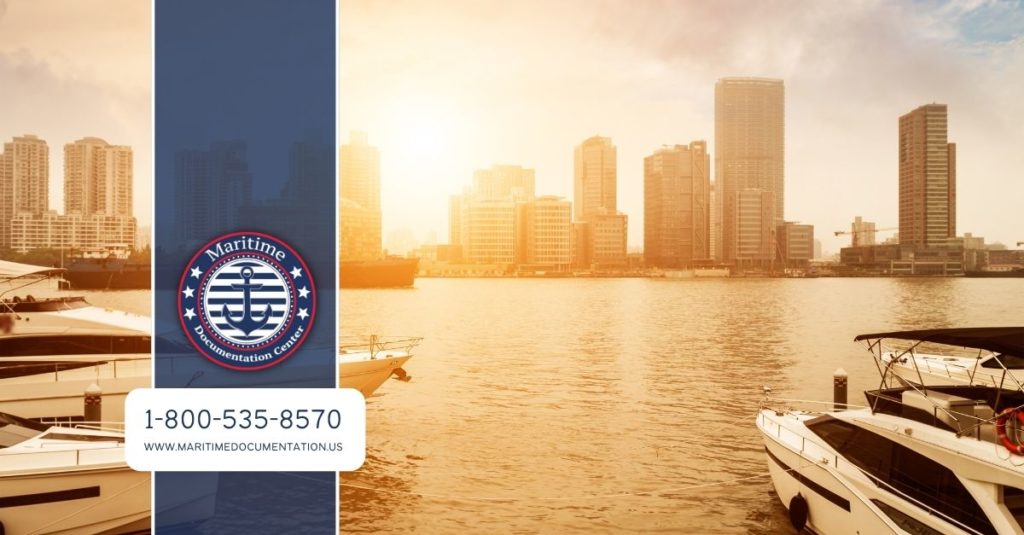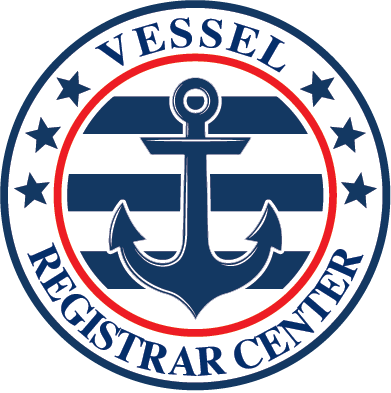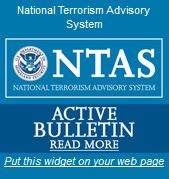How do you document your boat? This is a question that the Maritime Documentation Center has asked a lot. They will provide you with a certificate of vessel paperwork from the U.S. Coast Guard. This is a federally recognized event.
The United States Coast Guard may approach you and ask for your vessel paperwork if you’re out on the sea.
Financing your boat may also need registration. For those who own a boat, documentation is a need. You may think of it as having a license plate for your vehicle.
The National Vessel Documentation Center is the place where you may get your papers. You’ll get a certificate of vessel paperwork from the U.S. Coast Guard.
This has been formally registered with the federal government. As a boater, you may be asked by the U.S. Coast Guard to provide your vessel’s paperwork. It’s a must-have for you.
With a certificate of documentation, you may access foreign seas more readily. It’s also unnecessary to provide your state registration numbers if you have one. Financing your boat may also need registration.

What Vessels Need To Be Recorded?
If a recreational vessel is owned entirely by a U.S. citizen and weighs at least five net tons, it qualifies for documentation.
Your fishing boat must be nationally recorded if you want to use it for recreational and commercial purposes. In order to operate your boat in U.S. navigable waterways, you must also have your boat documented and have a suitable endorsement.
State and federal taxes are not excluded from a vessel that has been appropriately recorded. The state of the primary user may additionally mandate that a documented vessel pay a registration fee and show a validation sticker.
At a minimum, these fees must be paid yearly. Your state’s boating agency will be able to provide you with more detailed instructions and costs.
Federal documentation laws require that the original and current document, signed by the director of DNVC, be on board your vessel.
What Exactly Is A Certificate Of Number (CDN)?
The Certificate of Number issued by the state must be displayed on all state-registered vessels, according to 33 CFR 173.
All undocumented boats equipped with motors must be registered by the relevant authority to be utilized extensively on the water.
Your yacht will be issued a Certificate of Number, which must be displayed until decommissioned.
When a vessel is in operation, the owner/operator must have a current Certificate of Number on hand.
A vessel’s certificate of registration stays valid for 60 days after being relocated to a new state of primary usage. You should check with your state’s boating authorities to see whether you need to register your vessel.
Does The Name Of The Boat And The Certificate Of Number Have To Match When It Is A Documented Boat?
The display of the Certificate of Number and the display of the boat name and hailing port are also necessary for federally documented boats. 46 CFR 67 lays forth the rules for this.
Neither the name nor its pronunciation may be the same as the names of words or phrases often used to request help while at sea; neither may it include vulgar, indecent, or profane language nor be the same as racial or ethnic epithets.
The relevant authorities cannot change the name of a vessel after it has been registered without submitting an application, paying a fee, and getting the director’s permission.
Despite common assumptions, there is no restriction prohibiting the same name for a recorded vessel, so hailing ports help identify boats. However, a “hailing port” does not have to be the owner’s hometown; it may be located in any U.S. city or state.
Only the Certificate of Number must be permanently mounted to the boat’s interior. A place that is dry and accessible is often chosen for this permanent position.
Regulation 46 CFR 67 likewise defines the size and kind of letters allowed for your boat name and hailing port.
Letters must be at least 4 inches high, and they should be located on one area of the vessel, often on the transom, where they can be easily seen.
Requirements for Vessel Documentation and How Do You Document Your Boat
For state registration and federal paperwork, specific placard placement criteria must be kept in mind.
The state-issued Certificate of Number must be painted or permanently fastened, in clear vertical block characters, on either side of the vessel’s forward half.
For legibility, the numerals must be at least three inches tall, legible from left to right, and a distinct hue from their surrounding areas.
Except for the letter “I” and the numeral “1,” all spaces and hyphens between letters and numbers must be the same width.
The name of the vessel and the point of departure must be prominently displayed on the hull of all documented recreational boats (typically, this is the stern).
The maximum height of letters is four inches. The vessel’s name must be displayed on both sides of the bow for commercial boats.
This is an option for pleasure craft, although it is not essential. Additional requirements for recorded boats include affixing the official vessel number in block-type Arabic numerals of at least 3 inches in height to a structure inside the vessel itself.
There must be a “NO” prefix before the number to guarantee that we cannot erase it.
Other than paperwork, the USCG has particular criteria for safety and vessel marking and placard placement. Boats must meet safety and labeling regulations before going into the water.
The primary purpose of this content was to offer the reader information about our online forms for boat documentation and answer the “how do you document your boat?” question.
We hope that the reader leaves this article with a better understanding of what we do and how we can help them. If you or someone you know is interested in purchasing a sailboat, don’t hesitate to let us know.
We would love to speak to you further and answer any questions regarding the market. We have a detailed brochure located here to explain more in-depth what we do, but if you would like something more personalized or comprehensive, please feel free to contact us directly!




